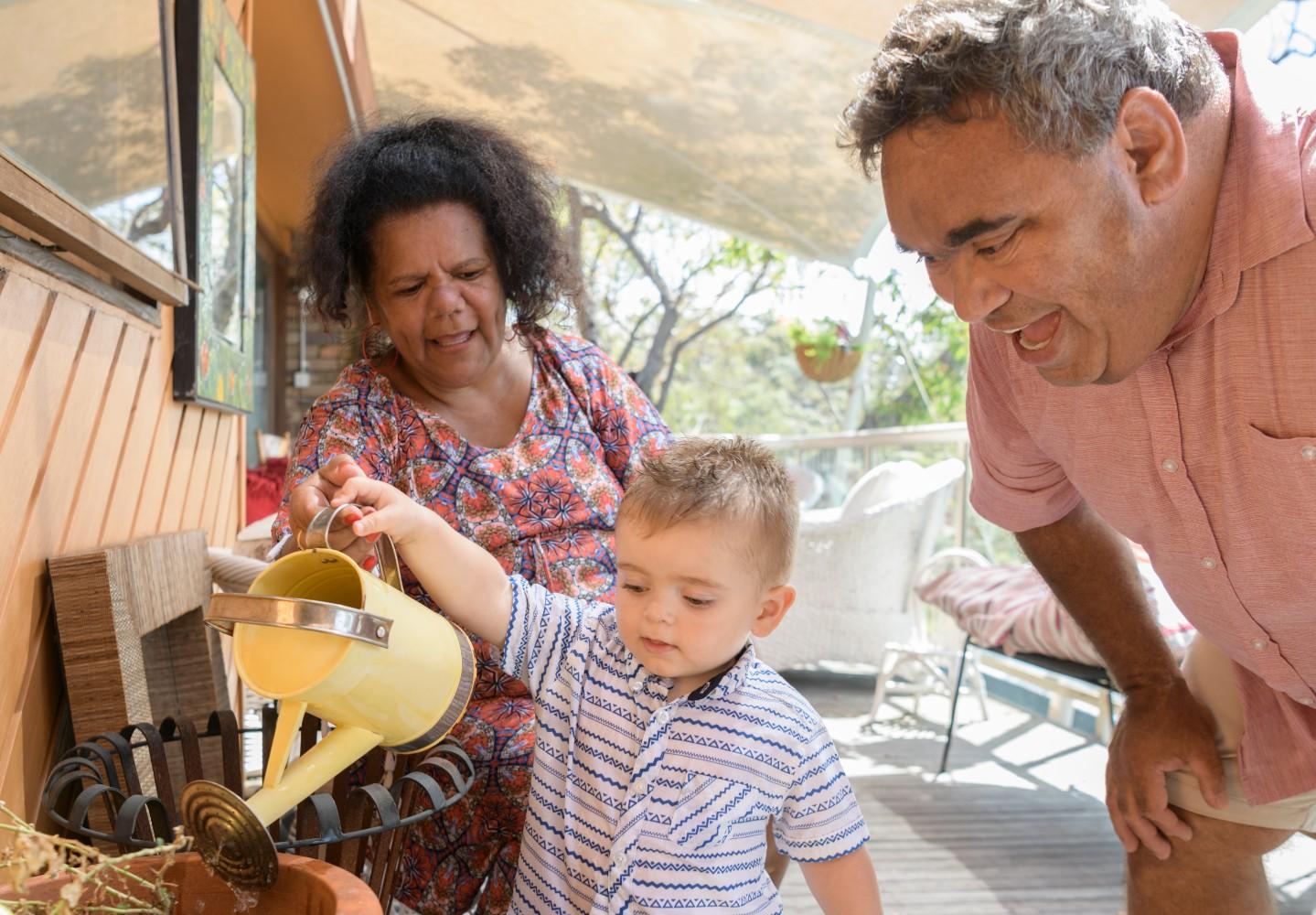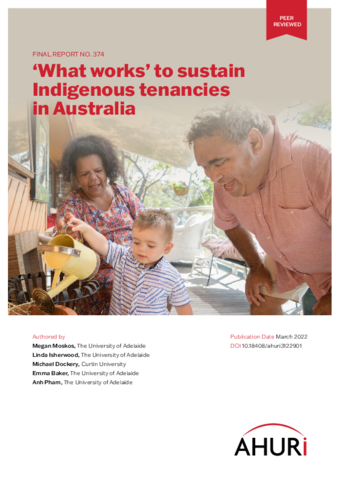This research examines the characteristics of successful tenancies for Indigenous people to understand ‘what works’ for securing successful housing outcomes. It explores the successful initiatives in sustaining tenancies for Indigenous people and what particular elements contribute to this success, including for different types of housing—private and social housing, and across different locations—urban, rural and remote.
Indigenous Australians face considerable barriers to achieving successful housing outcomes. Only around a third of Indigenous Australians own their own home, compared to two-thirds of non-Indigenous people.
Consequently, a far greater proportion of Indigenous people (around 60%) live in rental accommodation than non-Indigenous people (30%). Indigenous households are particularly over-represented in the social housing sector due to difficulties experienced in accessing private rental accommodation. These difficulties include racial discrimination within the private rental market; challenges meeting criteria for properties; and lack of appropriate and good quality housing.
The research identifies several barriers to the delivery of tenancy support programs, including a lack of cultural understanding and the provision of culturally inappropriate services.


